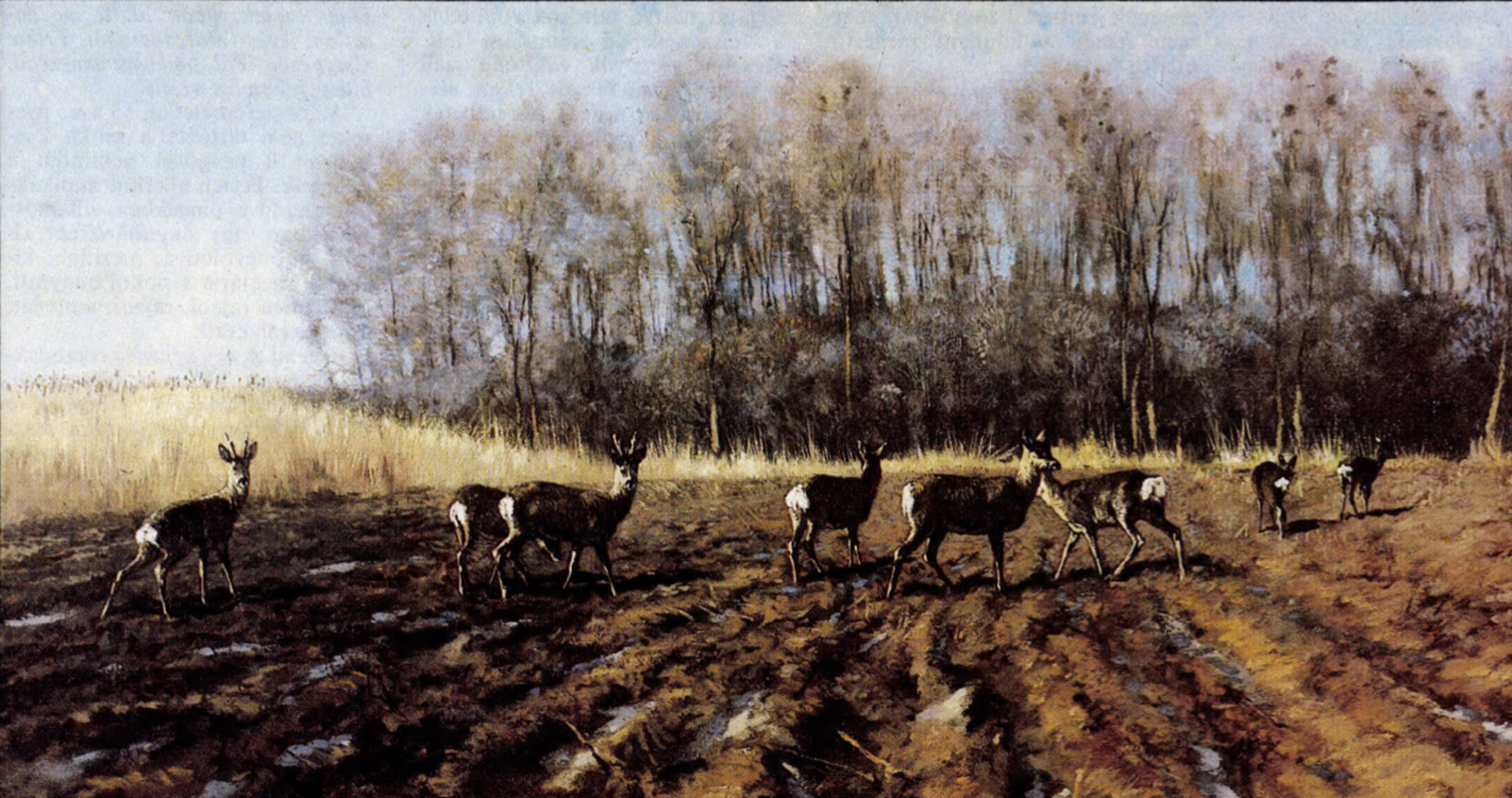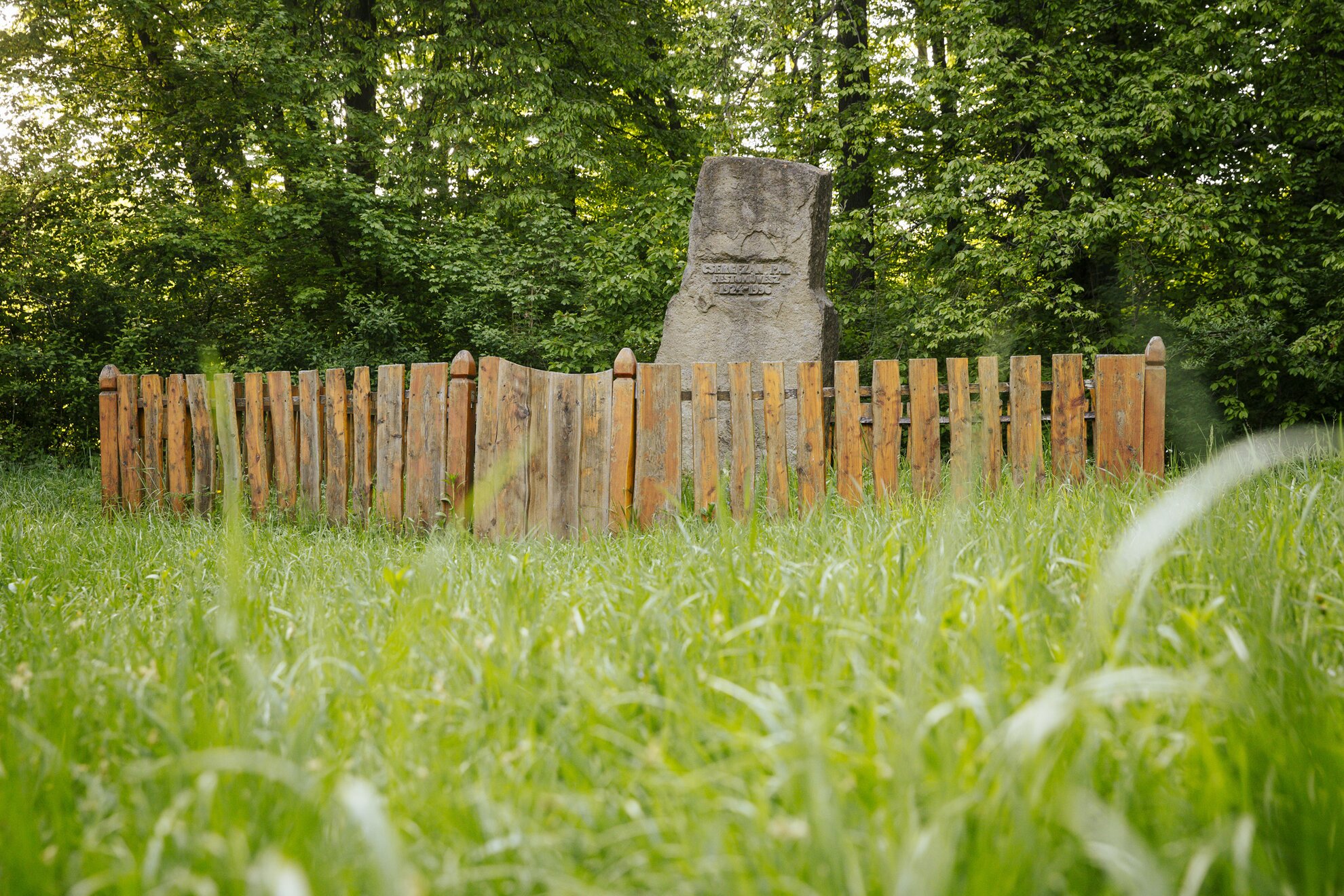At a height of 559 metres, on the edge of Pest County, Nagy-Kopasz Hill is topped by a tower named after a Hungarian painter of nature and hunting scenes whose life was equally dramatic: Pál Csergezán.

His look-out tower can be approached from Nagykovácsi or the road from Budakeszi to Telki. In both cases, you have to travel a bit out of the city and it's a good half-day trip by car or bus.

Hikers can use the Sisakvirág nature trail from the Hidegvölgy Forest Hut on the edge of the country road to Telki. Halfway there, you can gaze over the majestic view of the snow-white dolomite plateau of the Tarna rest stop, where a few years ago a huge hailstorm wreaked havoc on the pines.
The slopes are gentle here, overlooked by a 23-metre-high, sail-shaped, lookout tower, offering a dazzling panoramic view of the Buda hills and Pilis, the Mátra and the Börzsöny.

Comprising around 100 steps, the tower was built from larch wood in the autumn of 2006 and was named after Pál Csergezán (1924-1996), a graphic artist, illustrator and nature painter who travelled the world during his colourful life.
This was man who worked in the court of the Iranian Shah and spent his later years in Telki, relaxing, hunting, drawing and painting.

Born in Záhony near the Ukrainian border, the young artist was fascinated by his love of horses and animals. He moved to Pest at the age of 15, supported himself from casual work and managed to enrol in the interior design department of the College of Applied Arts.
During World War II, he was taken as a POW to the Soviet Union, where he also worked as a room painter in Sumy, north-eastern Ukraine. His more creative works were greatly influenced by the hunting paintings of lesser-known Russian masters at the museum there.

He came back to Hungary finally graduated from the graphic arts department of the Hungarian College of Fine Arts in 1953. For subsistence, he illustrated textbooks with animals, created works in hunting lodges, in locations close to nature.
His pictures of hunting, nature and animals were not so popular here in Hungary, but well received abroad, most notably in Germany. He was also invited to Cologne, Bonn and Paris, and then to Iran, where he painted game and horses for two years, before moving to Canada and Sweden.

He did not consider himself to be an outstanding artist within the Hungarian canon but rather as a kind of artisan. He painted as an inaccessible hermit, but received continuous commissions from abroad, painting almost exclusively for foreign clients. Here, he developed a following in hunting circles and among established hikers.

To preserve his legacy, the Csergezán Foundation was established after his death, distributing prestigious awards to nature painters.
He spent the last years of his life in Telki, in the small rooftop room of the hunting centre in the Telki forest, which also functioned as a studio and bedroom.

His ashes rest not far from the lookout, next to the Anna hunting lodge in the middle of the forest, which is also a kind of memorial to Pál Csergezán.

If you’re taking an extended hike, it merits a detour, with the added reward of roaming deer.
References
Tibor Gellért: The painter of
nature. Journal of Natural Sciences-World of Nature, editions 1-12, 1997
Sándor Nagygyörgy: In the studio
of Pál Csergezán. Nimród magazin, No.3, 1976
Éva Tomai: The man behind the
pictures, self-portrait of Pál Csergezán. Nimród magazin, No.4, 1988




